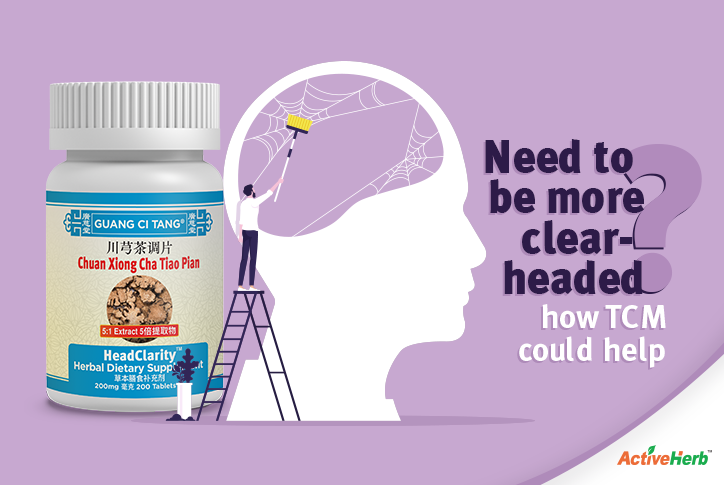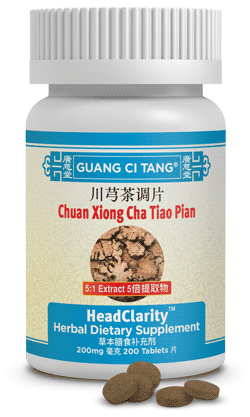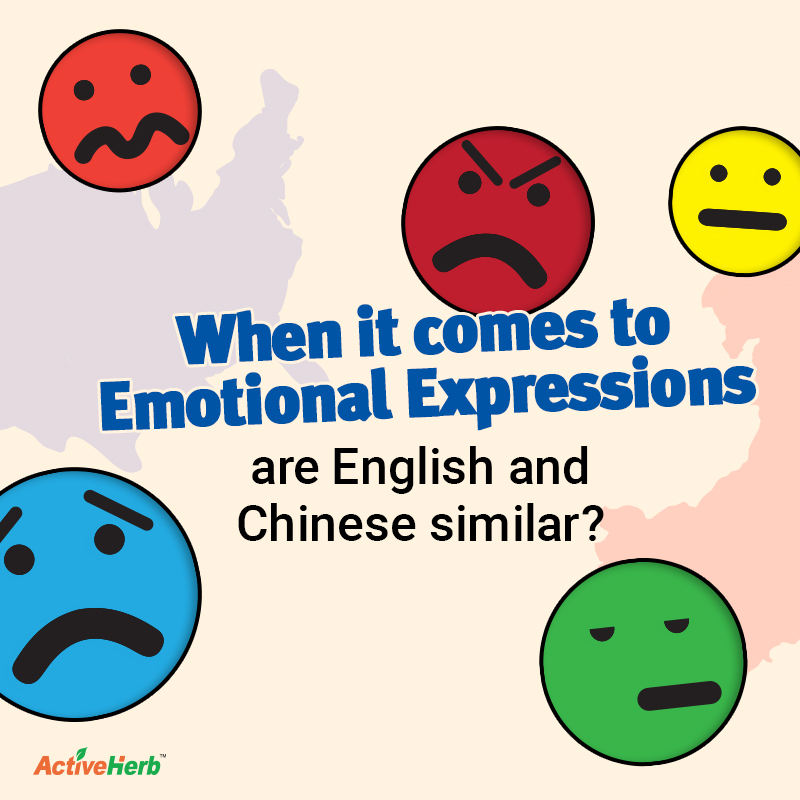Using TCM For Head Discomfort

As of this writing, it still very much feels like summer in San Diego County, California, home of ActiveHerb.com headquarters. So the last thing on anybody’s mind is a Cold-Wind invasion, which typically occurs in winter and spring. But a Cold-Wind invasion can occur even in summer and fall if you’re sitting in an air-conditioned home, office and store.
And when a Cold-Wind invasion penetrates your Wei Qi, roughly the TCM equivalent of the immune system, it can result in nagging, even debilitating head discomfort. If you want to stay clear-headed, there’s a TCM solution you should know about.
Why Does Head Discomfort Occur?
Before discussing the TCM herbal solution for head clarity, it helps to know the root cause of the condition in the first place. And from a TCM perspective, there are 4 primary external evils. These are not the same type of pathogens like harmful bacteria that come to mind in the West.
Rather, invasions of Wind, Cold, Heat and Dampness that penetrate the body’s exterior into the interior are literally because of the temperature and ambient air conditions.
And in this article, we’ll focus specifically on a Wind-Cold invasion…
Just as a wind in a valley rises to the top of a mountain, an invasion of Wind in the body can ascend to the top of the head. That’s why it’s common to feel discomfort in the head when a literal cold wind strikes you in the face and you’re not wearing a beanie. But you don’t have to be walking down the street in the middle of winter without proper clothes to succumb to a Wind-Cold invasion; it can occur any time of year.
The Cold disease pattern of TCM may also harm the body’s Yang energy and create a stagnant flow of both Blood and Qi. Consequently, the body’s “Mai Luo” are unable to properly function, unable to clear the Cold-Wind invasion. (You can think of the Mai Luo as semiconductor connectors between acupressure points.)
So what happens when there’s a disruption of smooth-flowing Qi and Blood? Not to mention the inability of defensive Qi (the immune system) to deal with the Cold-Wind? Head discomfort!
TCM Solution for Cold-Wind Head Discomfort
HeadClarity is a time-tested herbal solution for a Cold-Wind invasion. Based on the traditional formula, Chuan Xiong Cha Tiao Pian, HeadClarity may help relieve discomfort in the head. In addition, it may also help prevent the Wind pattern from penetrating deeper into the body.
As mentioned, exposure to pathogenic Wind can occur any time of the year, either inside or outside. Chuan Xiong Cha Tiao Pian (HeadClarity) can be a go-to formula for head discomfort. That means it may help if head discomfort is because of sinus problems or if you’re under the weather, for example.
From a TCM perspective, however, HeadClarity may not be appropriate for Liver Yin deficiency. Although not 100% of the time, Liver Yin deficiency is often caused by a nutrient-poor diet. (Or because the digestive system is weak and unable to properly absorb nutrients.) In addition, Yin deficiency can occur because of stress and muscular tension. There’s also one more TCM condition in which the use of HeadClarity may not be appropriate: hyper-ascending Liver Yang. (Extreme anger is one cause of hyperactive Liver Yang.)
What TCM Herbs Support Head Clarity?
HeadClarity contains 8 herbs which support healthy Qi flow and blood circulation. Surprisingly, the formula’s namesake herb, Chuan Xiong (Sichuan Lovage root) is not the chief actor. That distinction goes to Bo He (Mint), which is the primary herb that disperses Wind and clears the damaged Yin. For its part, Chuan Xiong teams up with Bai Zhi (Dahurian Angelica root) and Qiang Huo (Notopterygium) to back up Bo He in the Wind-dispersal phase of operations.
The formula targets 3 different energy channels (meridians) in the head. One or more of these meridians may have an obstruction of Qi. These meridians are roughly located in the temples, forehead and orbital (middle of the head and centered around the eyes).
In addition, the four other herbs play vital roles. For instance, Jing Jie (Schizonepeta) and Fang Feng (Siler) help release the Cold-Wind evil from the body. Gui Zhi (Cinnamon) is added to warm the meridians, which can help negate the uncomfortable feeling caused by the Cold evil. And finally, Gan Cao (licorice root) is a “guide herb,” which harmonizes the actions—and moderates the taste—of the other herbs.
How To Use Chuan Xiong Cha Tiao Pian for
Traditionally, Chuan Xiong Cha Tiao pills are consumed with green tea to warm the interior and dispel the Cold-Wind pathogen. However, the formula can also be taken with water, as directed.
For optimal results, using TCM for head discomfort may require additional modalities such as acupuncture.







